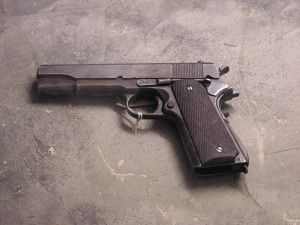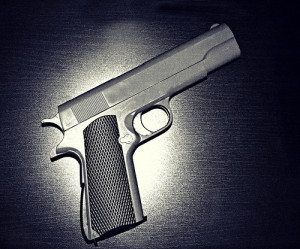A Chicago woman was arrested for her role in the alleged sexual assault of a Chicago man at gunpoint. The defendant and her friend picked up the man in their car as he walked down a Chicago street and proceeded to assault him.
Sexual assault of a man can – and does – happen. Rape is traditionally an underreported crime, even more so for men than women. But the most recent statistics indicate that 38 percent of sexual assaults occur against men by women. Other studies estimate that 1 in 10 adult males will be the victim of a sexual assault.
The word “rape” typically elicits an image of a man forcing a woman to engage in unwanted sexual intercourse. But Illinois sexual assault laws are gender neutral. Criminal sexual assault requires penetration by any object. If the woman causes the male to penetrate her, whether forcibly or through threat of force (for example, at gunpoint, which was alleged in this case), or if she uses any object to penetrate his anus (including fingers), that constitutes penetration under the law.
Criminal sexual abuse requires an act of sexual conduct by force or threat of force (again, at gunpoint would qualify). “Sexual conduct” includes touching of sexual parts. In this case, forcing the alleged victim to fondle the woman’s breasts constitutes an act of sexual conduct that could result in a charge of sexual abuse.
Defense Against Sexual Assault
Defending a charge of sexual assault against a male is no different than defending a charge of sexual assault against a female. In the above case, as in the majority of sexual assault cases, there were no eyewitnesses other than the three parties involved. Therefore, the case comes down to “he said-she said.”
Some sexual assault claims are fabricated in an attempt to retaliate against the alleged offender for some perceived transgression, or else stem from a sense of regret that the sexual conduct occurred. This is especially true in cases that begin consensually. In such cases, a careful review of the circumstances leading up to the alleged crime is necessary to determine whether the crime was fabricated as an attempt to save face, or to retaliate against the alleged perpetrator.
In the case mentioned above, where the victim willingly entered the defendant’s vehicle, it is possible the man originally intended to purchase sex. An investigation into his criminal background could reveal prior arrests and/or charges of solicitation or attempted solicitation. This, in turn, could support a defense that, after the parties engaged in consensual sex, the defendant committed an attempted robbery, and the man retaliated by filing the sexual assault claim. Continue reading
 Chicago Criminal Lawyer Blog
Chicago Criminal Lawyer Blog






